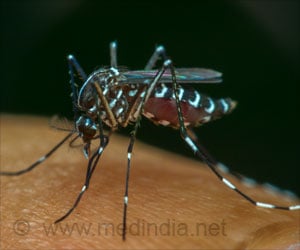In whistled Turkish both hemispheres of the brain get equally involved, whereas all other spoken languages involves the left brain hemisphere more strongly.

Whistled Turkish contains the same vocabulary and follows the same grammatical rules as Turkish.
"It is simply a different format, in the same way as written and spoken Turkish are," said Onur Gunturkun from Ruhr University Bochum in Germany.
To date, it has been assumed that the perception of all spoken languages written texts and even sign language involves the left brain hemisphere more strongly than the right one. The new study has discovered that whistled Turkish is an exception.
"We can count ourselves lucky that such a language exists - namely whistled Turkish," Gunturkun noted.
The researchers tested 31 inhabitants of Kukoy, a village in Turkey, who speak Turkish and whistle it as well. Via headphones, they were presented either whistled or spoken Turkish syllables.
Advertisement
The left brain hemisphere processes information from the right ear, the right hemisphere from the left ear.
Advertisement
That asymmetry did not exist in whistled Turkish. The findings were detailed in the journal Current Biology.
Source-IANS















